Born in Michigan, raised in Lagos and educated in London and New York, Teju Cole is about as cosmopolitan as they come. In an interview with the American writer Aleksandar Hemon, republished in Known and Strange Things, he declares that ‘cities are our greatest invention. They drive creativity, they help us manage resources, and they can be hives of tolerance.’ Cole, whose PEN/Hemingway award-winning novel Open City (2012) was a paean to the vitality of urban sprawl, is an art historian by training; the essays and reviews in this collection — gathered from several years of writing for publications including the New York Times and the New Yorker — reveal a sensibility palpably influenced by the genre of writing known as psychogeography, blending touristic observation with social historical insights.
Where art historians once fretted over the implications of mechanical reproduction, they now agonise over digital superabundance. Noting (in 2012) that ‘380 billion photos were taken in 2011, and about ten per cent of all the photographs currently in existence were taken in 2012’, Cole is disparaging about the contemporary mania for compulsive snapping. He invokes the Russian word poshlost — meaning, approximately, false emotion or specious nostalgia — to characterise the trend for digitally altering photographs with apps like Instagram.
Yet he acknowledges, too, the creative possibilities opened up by the new technologies, notably in reviews of Mishka Henner’s No Man’s Land, an exhibition comprising images of sex workers in rural Italian locations gleaned from Google Street View, and Erik Kessels’s 24 Hrs of Photos, in which the artist downloaded every photograph uploaded to Flickr in the course of a single day, printed 350,000 of them and piled them up in a heap. For all their cursory banality, Cole insists that such works bear the hallmarks of true art: ‘The exasperation, the sense of wonder or inundation, the glimpses of beauty.’
Acutely alive to the nuances of cultural identity, Cole offers a subtle reading of the racial politics of Barack Obama’s presidency. Obama, he writes was ‘African American only in a special, and technical, sense, the same way I was African American: a black person who held American citizenship’. His familial heritage was not that of mainstream black America — slavery, reconstruction, the civil rights struggle — but his very hybridity made him an ‘avatar of a new American story’ and an affront to American far-rightists. That same hybridity is evident in the eclectic breadth of Cole’s intellectual interests: the subjects of his criticism range from European filmmakers like Michael Haneke and Krysztof Kieslowski to African artists like the Malian photographers Seydou Keita and Malick Sidibé.
Cole’s prose style is phlegmatic and measured, if a little low on panache. There are, however, occasional moments of humour, such as ‘In Place of Thought’, which playfully riffs on Flaubert’s Dictionary of Received Ideas with a satirical glossary of 21st-century sociopolitical cant (‘CHILDREN. The only justification for policy. Always say “our children”. The childless have no interest in improving society’; ‘COMMUNITY. Preceded by “black” ’) and the similarly mordant ‘What It Is’, a caustic send-up of a 2014 CNN segment which asked whether Ebola was ‘the ISIS of biological agents’: ‘Is Ebola the Boko Haram of Aids? Is Ebola the al-Shabaab of dengue fever? Some say Ebola is the Milosevic of West Nile virus…’
Like many such anthologies, Known and Strange Things feels a bit disparate and occasionally repetitious. It is nonetheless a worthwhile introduction to the mind of a perspicacious young writer with plenty to say about art and politics, and how they intersect. In a meditation on photography Cole cites the notion of ‘continuous cities’, Italo Calvino’s coinage for the sense of interconnected wholeness, inflected by subtle local differences in texture, of the modern urban experience in a globalised world. The small, telling detail is what distinguishes a truly good photograph from a merely nice one. The analogy feels strangely apposite: from the Donald Trump phenomenon in the US to the rise of nativist sentiment in Europe, the fault lines between the local and the global are today jarringly exposed. A continuous tourist in the 21st-century continuous city, Cole’s outward-looking sanguinity and keen curiosity are a timely reminder of the common culture at stake.
The post Glimpses of beauty appeared first on The Spectator.
Got something to add? Join the discussion and comment below.
Get 10 issues for just $10
Subscribe to The Spectator Australia today for the next 10 magazine issues, plus full online access, for just $10.
You might disagree with half of it, but you’ll enjoy reading all of it. Try your first month for free, then just $2 a week for the remainder of your first year.

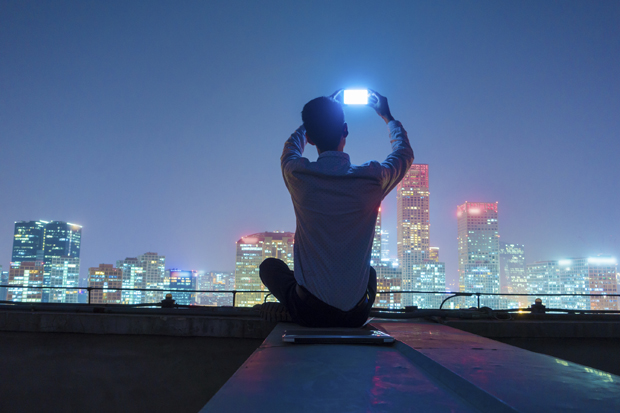


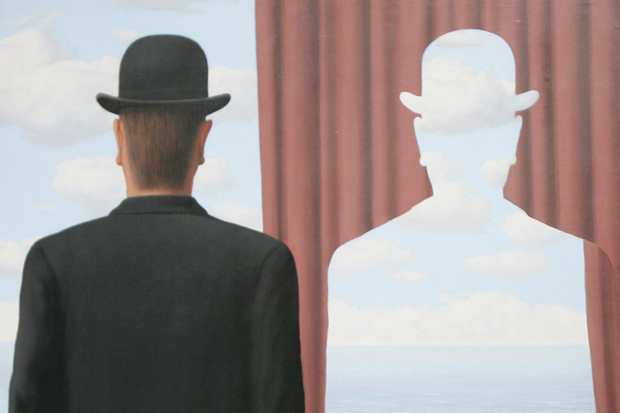
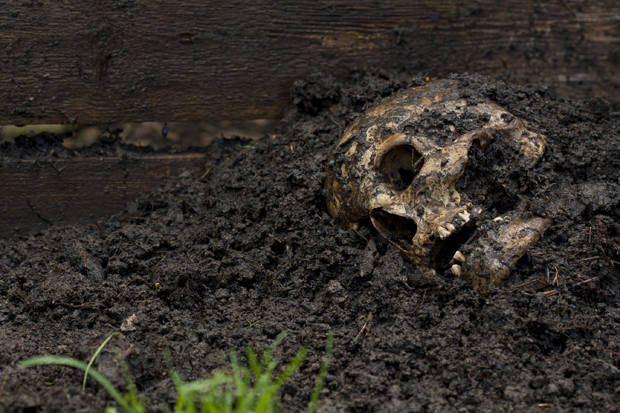
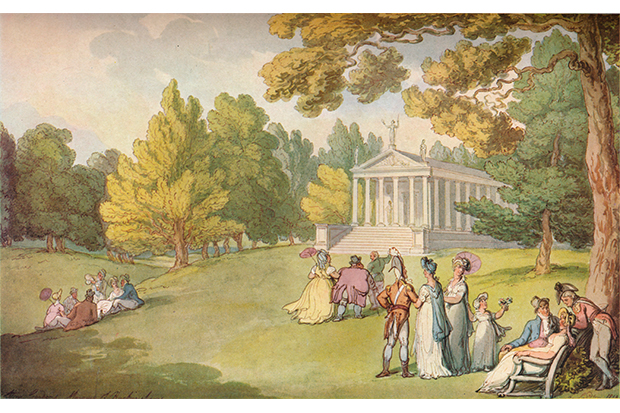
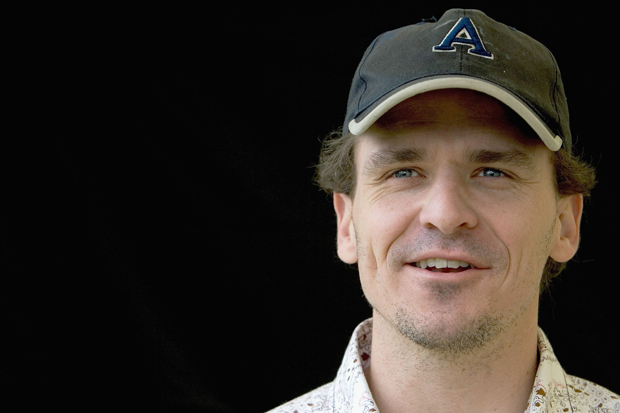






Comments
Don't miss out
Join the conversation with other Spectator Australia readers. Subscribe to leave a comment.
SUBSCRIBEAlready a subscriber? Log in